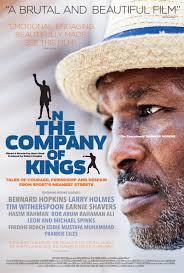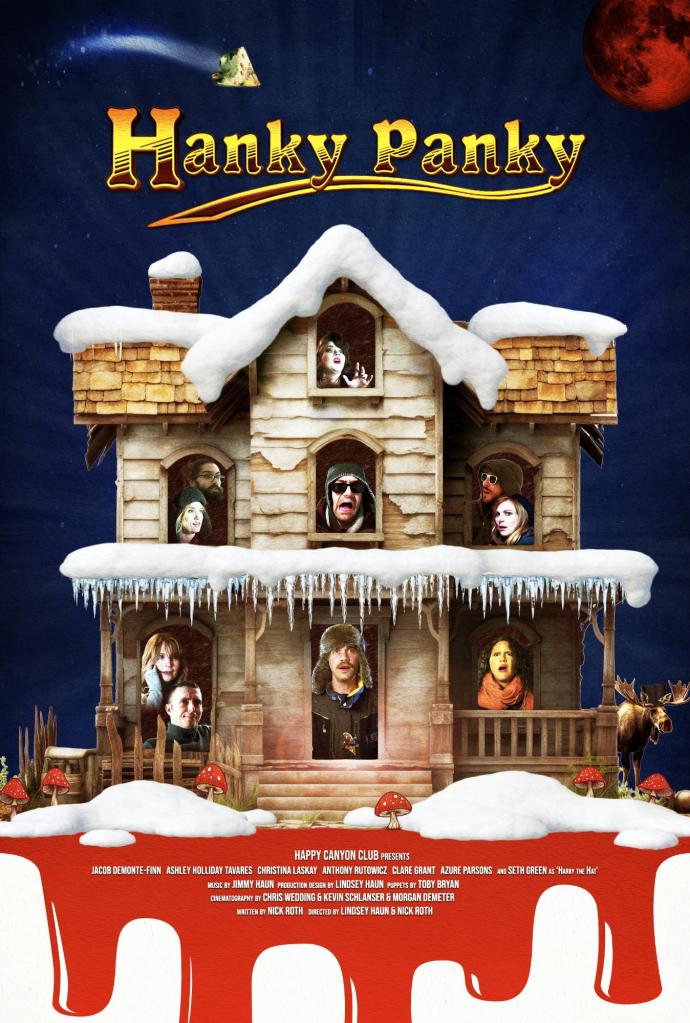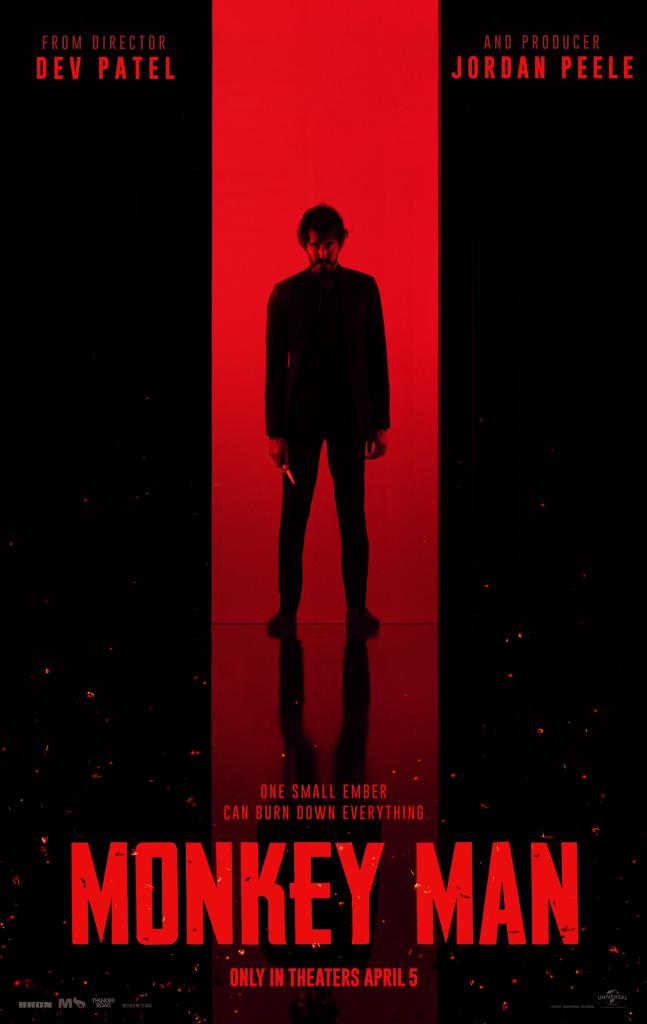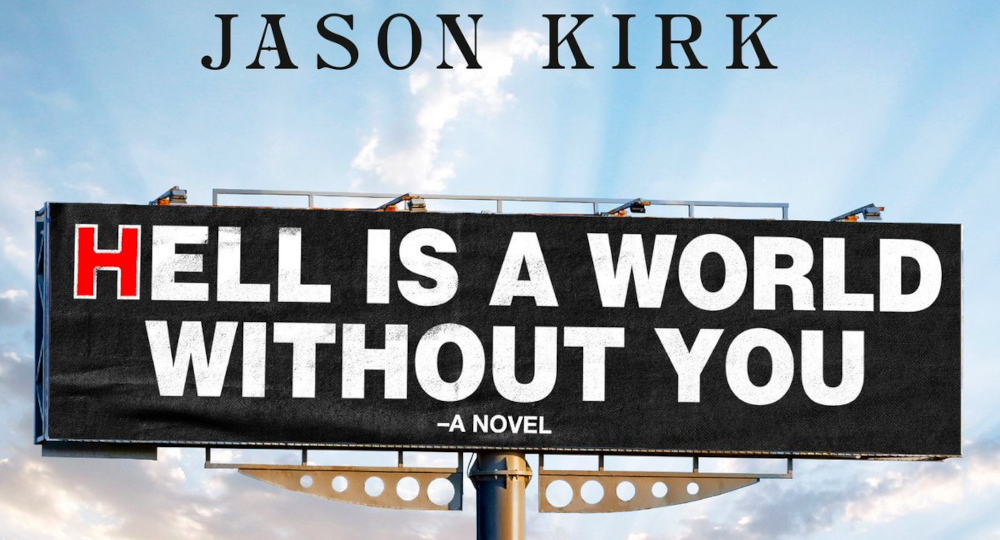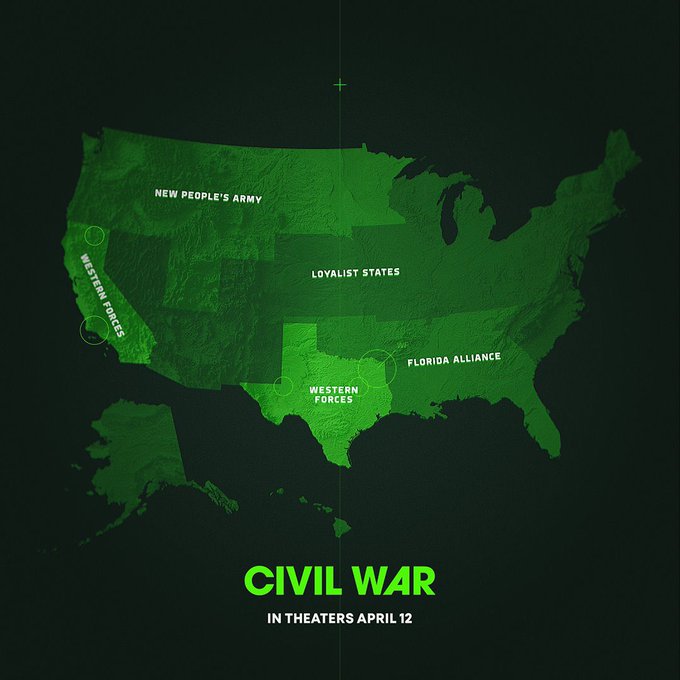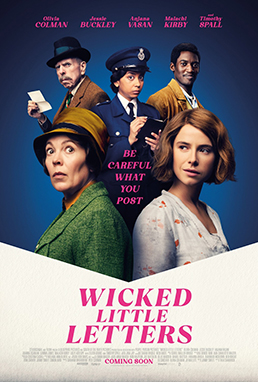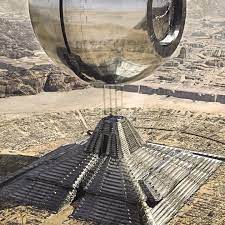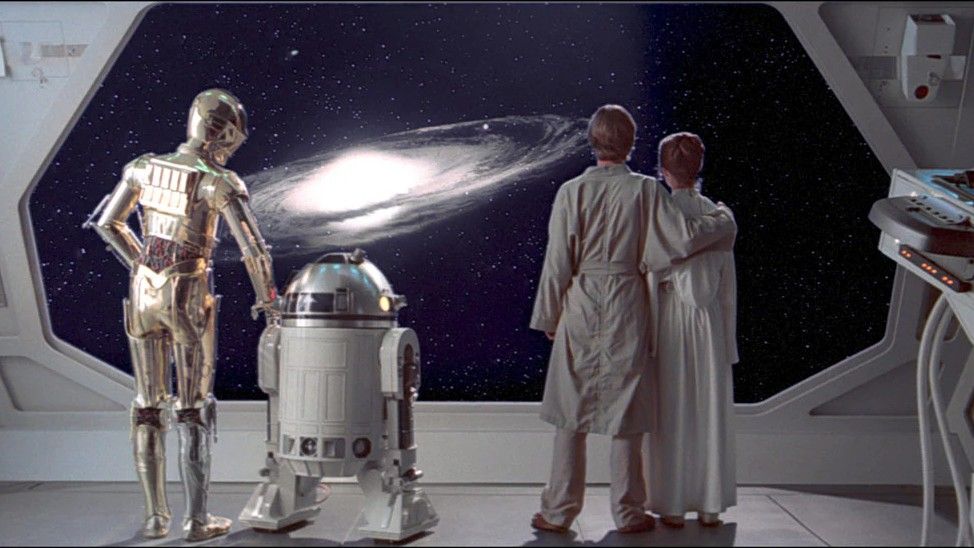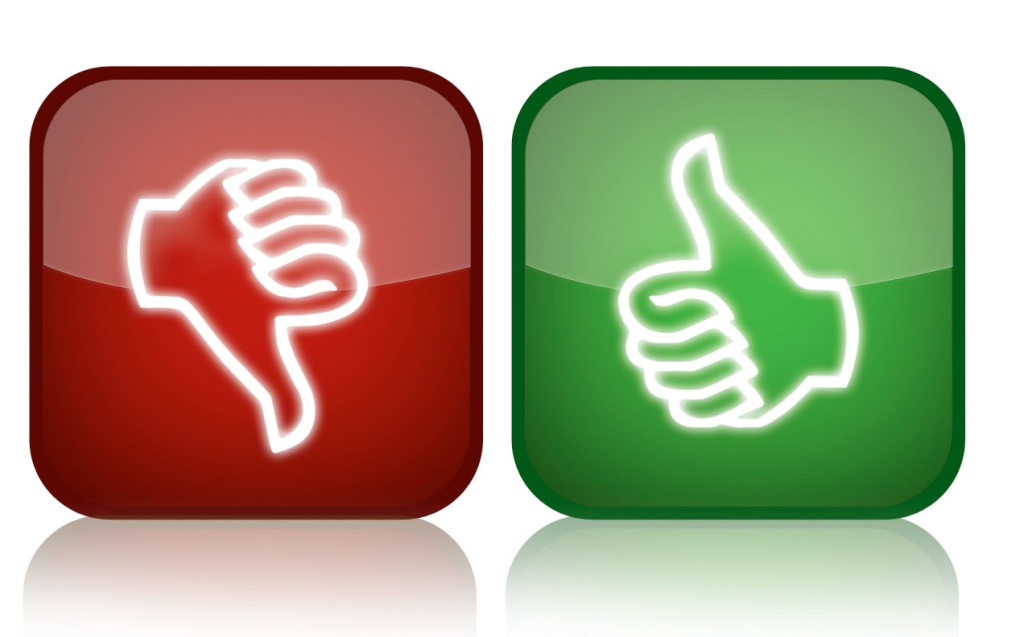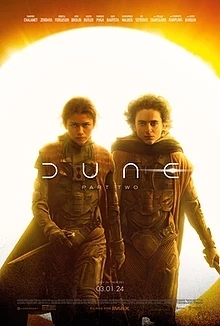In the Company of Kings is a documentary film about prize fighting which attempts to connect to larger socioeconomic issues but which is too much concerned with breadth and not enough with depth, dabbling across the professional biographies of boxing legends. Frequent narration sometimes feels under-explanatory because it fixates on one man’s memory of his childhood connection to giants of the fight game. This would feel more meaningful if the audience were given more reason to feel connected to that narrator. The anecdotes of the fighters themselves connect to a general narrative about escaping the deprivation of poverty, but most of their stories are compressed as notes within the story of a couple of greats – the promoter Don King and the boxer Muhammad Ali – making the subjects feel like footnotes to an off-camera story that has a lot of holes in it. This leads to the film feeling unfocused despite that it features legendary athletes. It feels like it stops short of asking certain questions and telling certain stories, but the narrative of legends certainly doesn’t make the sport seem easy.
The film is narrated and produced by Robert Douglas, a Liverpudian Black British filmmaker who felt a connection to African American prizefighters, seeing their greatness as a sign of childhood hope while suffering from discrimination in school and racial violence in white neighborhoods adjacent to his own. He tells the story of coming to the U.S., simultaneously shocked by and finding familiarity in the toughness of North Philadelphia. The documentary uses a lot of urban blight stock footage but intermixes it with signs of hope in the form of children smiling and playing, as well as staged filming of young boxers training.
We meet Tyhler Williams, an up-and-coming fighter in Philadelphia using social media to grow his brand, and Rock Ministry, Buddy Osborne’s faith-based fighting ministry (boxing, grappling, homework club) of which Williams is part. It is exemplary, in fact, of a recurring theme throughout the film (intentional or otherwise) of older white men helping out young black guys in poverty, in contrast with the interlocking systems of white supremacy and capitalism oppressing these young black men in their everyday life. We see this again when we meet former heavyweight champion Bernard Hopkins and he tells the story of going from an ex-con roofer to training with the man he did roofs for. One of the most telling sequences in this whole section is that we see the police try to frame up Tyhler Williams while he’s walking home from the gym. “The helicopter saw you pulling on the door,” lies a police officer among many searching for some unknown suspect. “The helicopter didn’t see *me* pulling on the door,” he responds, continuing to walk and livestream. It is one of many moments throughout the documentary that feels like it needs more space to breathe on its own; are we so inured to casual police corruption that it’s not even worth commenting on?
Anyway, we next focus on Bernard Hopkins, who tells the story of coming out of the gutter and the jail cell, going from strong-arm robbery to heavyweight champion. Interestingly, a major focus is his return to his childhood projects. People are happy to see him and he’s happy to see them, and it isn’t long before he discusses the need for the community to manage the aesthetics of the space – mow the lawn and so forth. It’s a tone I always find interesting because I believe simultaneously that it’s good to have pride in your home and that the strangling of communities is not the fault of the communities. It is the fault of people in power. Maybe it stands to reason that you can be taken more seriously in your appeals for assistance if it looks like you are trying to help yourself, but I get jumpy about “bootstraps” mentalities. Nonetheless, the film tells us some of Bernard Hopkins’s story and he’s remarkably candid.
We meet Don King’s stepson Carl, a fight promoter who is incredibly nostalgic about the decade between 1987 and 1997, when they basically ran Las Vegas, in his telling. There is just so much that goes unsaid – what are the implications for running a city like that, who are you connected to, what do you mean? Something I always find funny about the self-regard of anyone that finds financial success and has greater social access to rarefied spaces because of it is the way there are overlapping jurisdictions, so to speak. There’s a crew that runs a corner, and an organization they get their supply from; there’s a police precinct captain, a state assemblyperson, and a U.S. congressperson all in the same district. From whence is authority drawn and how is it deployed? Who gave Don and Carl run of the town? How does Carl King remember the Tupac shooting?
Perhaps that’s all immaterial. Carl’s biographizing of his father Don, a Cleveland numbers runner who took business and philosophy classes while incarcerated, is informative. What it’s lacking is a further exploration of how Don operated as a promoter. We are made to understand how he worked as a negotiator: demand something outrageous and then eventually come to the “middle” for what ends up being a sweetheart deal all in his favor. We don’t learn much about his relationships with fighters, just that he promoted some of the greats.
We visit Muhammad Ali’s childhood home of Louisville, Kentucky, and learn a bit about his rise to greatness and a bit about his association with the Nation of Islam, fighting in the ring for the respect of the Black Man. The most insightful part of this section might be introducing his white and black childhood friends who helped him get into boxing. It might have been interesting, in fact, instead of just mentioning that Ali had a white grandparent and was named Cassius Clay after a white slaveowner-turned-abolitionist, to articulate how that might have informed his conversion to a Black Nationalist political religion. But anyway, we learn about his training camp in Deerlake, PA, cultivating fighters in the woods away from the temptations of the street, and his fraught relationship with former sparring partner-turned-boxing rival Larry Holmes.
The last subject the documentary comments on is how quickly fighters lose their money. Most stay too long because of poor financial management practices, in addition to lacking a pension or social security. This reminds me of a thought I had years and years ago, seeing how frequently professional athletes in the unionized major leagues like the NBA and NFL also end up penniless. Sports are seen as a gateway out of poverty, an example of the American Dream for oppressed classes, with stars as figures to point to about how you actually *do* have options, even if the state refuses to fund your schools or local social services. Then, billionaires pay these men millions (more frequently tens and hundreds of thousands, but the star money is big money) which, by way of their investments and ownership stakes in other companies and industries, comes back to them anyway. Sports are wonderful – human athletic competition is a beautiful thing – and its professionalization has undoubtedly created opportunities for thousands. At the same time, it is a useful release valve for the ruling class because myriad athletes born in poverty do not have a developed politic or any extensive knowledge of financial planning.[1] Earlier in the documentary, scholar Rudy Mondragón discusses how boxing was always something the underclass did, referencing Irish and Italian immigrants and their descendants before it became our turn. I mention it here because it seems like black people have been stuck as the underclass for around a century, [2] as the establishment success of some high achievers does not turn into alleviating structural social ills for the masses.[3]
Strangely, in this section we see some evidence of the mental degradation that comes with a lifetime of head injuries, but the film strangely avoids discussing the topic of a fighter’s body breaking down as such, except for within the context of interviewing Larry Holmes about fighting Ali. There’s certainly no discussion of CTE or other consequences of concussions. It just feels odd – a documentary about the hard work it takes to be a fighter skirts around the long-term sacrifices; maybe, like police casually trying to throw an innocent person in jail, this is something that no longer registers. Maybe Douglas and director Steve Read wanted to avoid that particular sad fact of boxing.
It is unclear from the documentary who Robert Douglas is and why we should care. We understand that Douglas is a fan of boxing and that he emotionally connected to the champions, but the film has a disjointed nature to it because it feels like a scattershot survey of the sport that evades any technical aspects for personal stories,[4] and it doesn’t feel like Douglas gets to connect verbally one-on-one with the fighters except at the end. In the Company of Kings strings together several different theses and two major biographies alongside several minor biographies. All manner of heavyweight champions are discussed and interviewed, although, strangely, Iron Mike Tyson is only briefly mentioned and never interviewed. This is not a film from which you will come away with a deep understanding of the sport of boxing, though you will have confirmed and reaffirmed that poor black kids draw inspiration from sports heroes, and that greatness in sports is fleeting but the memory of your inspiration may last.
Final Score – 2.5/5
As of April 30, 2024, In the Company of Kings is available on Amazon Prime Video, Apple TV, Google Play/YouTube Movies and Fandango at Home.
[1] This is to say nothing of the recurring prevalence of athletes who aesthetically represent the underclass but come from the suburbs, which is a separate issue.
[2] That Jews in the 1930s or Hispanic/Latine Americans contemporaneous with African Americans do not figure into the story is a separate issue altogether and two separate issues among themselves.
[3] The Obamas and Kamalas of the world have not, in fact, led to a golden age of black uplift.
[4] How does a fighter amass an overwhelmingly positive record; why are there so many separate championships and commissions?, and so on.
